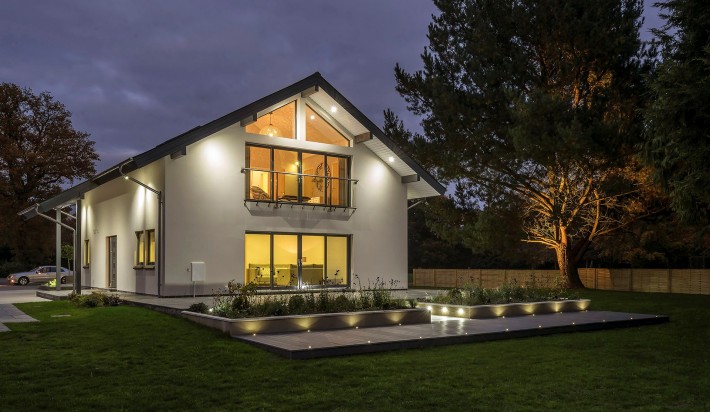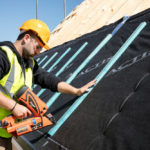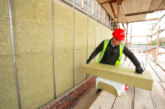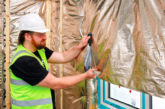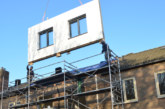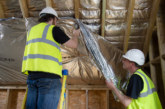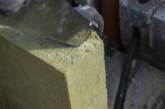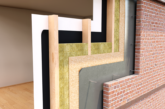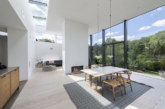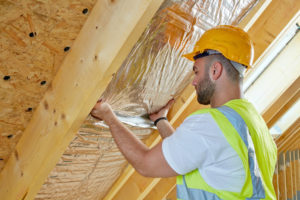
Dan Anson-Hart, Specification Manager at insulation specialist Actis, talks about the benefits and practicalities of achieving thermal excellence.
The link between cold weather and mortality may not be straightforward, but it’s no surprise that harsh winters tend to see a greater number of what are called ‘excess winter deaths.’
Figures released in the autumn by the Office for National Statistics tell us that last winter – a memorably difficult one from a meteorological pint of view – saw the greatest number of such deaths in England and Wales in more than 40 years.
Just over a third of the 50,100 deaths were caused respiratory diseases, such as pneumonia – conditions exacerbated when living in cold, damp conditions which encourage bugs to thrive. Living in cold, inadequate, poorly insulated housing can also increase the risk of cardiovascular disease, and even falls can be put down to being too cold to walk properly.
It may sound a bold statement – but having a properly insulated home can actually be a life saver.
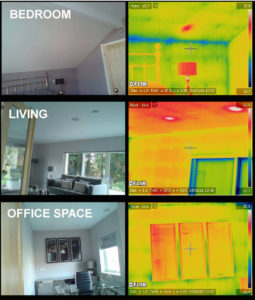
While there are clearly huge social, political and financial hurdles which need to be addressed, these shocking figures hammer home the importance of creating a well-insulated, thermally comfortable home in the first place.
As thermal bridging makes up approximately 25% of a building envelope’s heat loss, ensuring this is avoided is crucial. Thermal transmittance makes up a further 45%, with lack of airtightness counting for an additional 30%.
Using insulation which wraps around like a blanket makes thermal bridging less likely than using rigid products which can leave air gaps in awkward shaped corners, unless they are cut to a very precise shape. At the same time, it’s important to maintain an airtight layer against air leakage and a windtight layer to prevent air infiltration with a vapour control layer and a breather membrane.
Case study
A thermal imaging study carried out by ScandiaHus convinced the Swedish energy saving timber framed home designer and supplier that Actis Hybrid products were the ideal way to create thermally airtight homes.
It piloted the products in one of its show homes in Sussex – using insulating vapour control layer H Control Hybrid and honeycomb design insulation Hybris to achieve U-values of 0.14 in the roofs and 0.16 in the walls. It has since created a second showhome with the same products and uses them on pretty much all the new properties it builds.
Infrared camera technology is able to clearly identify any heat loss from a building across thermal bridges such as structural timbers, door and window frames. These areas are frequently the weak point in any insulation system – usually because solid insulation products have to be cut to fit – leaving potential for leaks around awkward corners and joins.
The test, carried out with an outside temperature of 8 degrees and an inside temperature of around 21 degrees, involved infrared pictures being taken from both outside and inside. Analysis of the images showed no signs of any defect in the installation and no visible thermal bridging or leakage. It also showed homogenous temperatures over the surface of the walls.
